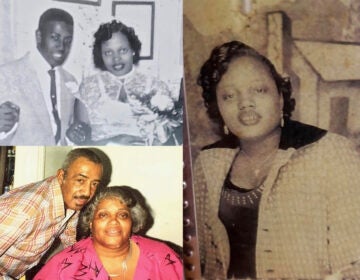Don’t let the pandemic winter get you down: 9 creative ways to socialize safely
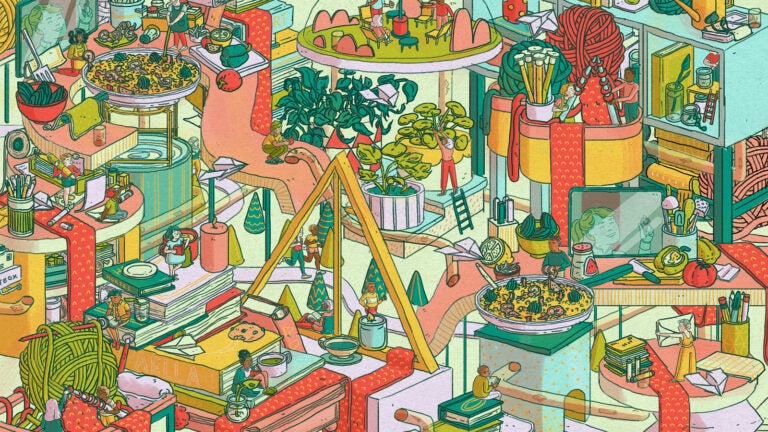
(Meredith Miotke for NPR)
With COVID-19 cases still soaring across the U.S., it can be tempting to just ride the winter out on the couch, binging on Netflix. But psychologists say it’s important in 2021 for us all to keep up human contact.
“Isolation and particularly quarantines and lockdowns have been associated with increases in distress, depression, anxiety,” says Dana Rose Garfin, a psychologist at the University of California, Irvine’s Sue & Bill Gross School of Nursing.
Social isolation and loneliness, Garfin notes, are also associated with health effects, including coronary heart disease, stroke and even premature death.
“We don’t want to trade one risk for the other risk,” agrees Julianne Holt Lunstad, a psychologist at Brigham Young University who studies isolation. “Ideally, what we want to do is find solutions that help reduce the overall risk” — of social isolation, and of catching and spreading COVID-19.
But how to best do that? Get creative.
Embrace the cold
Just because it’s cold, doesn’t mean we can’t continue spending time outside and even seeing friends at a safe distance.
“The biggest thing for our family is getting outside,” says Becky Kristal, who lives in a suburb of Minneapolis. They’ve all benefited from the exercise, and it’s helped fight cabin fever and isolation, too.
Kristal’s two teenage sons have kept up their ice skating and cross country skiing, and her older son meets his friends at the ski area. “They’re skiing at the same time,” Kristal says. “That’s really his only in-person outlet.”
She and her husband walk a lot, Kristal says, and those meanderings offer a chance to safely catch up with neighbors who are out and about. She says the couple bought winter pants with wind protection and winter walking shoes, as well as lights for night walking.
“We put an investment into those things so we could get outside more comfortably,” she says.
That’s the right approach, says psychologist Vaile Wright, senior director of health care innovation at the American Psychological Association.
“I mean, if mail carriers can deliver in the snow, in the rain and sleet, we can put on hats and boots and gloves and scarves and still take that socially distant walk,” says Wright. “When things get harder, if you still have choices, ideally, you make that harder choice.”
Magali Le Bouder of San Ramon, Calif., says she and her family started doing more outdoor activities when temperatures dropped — such as taking appropriately distanced hikes with friends. “We’ll do active things, [so] we can stay warm,” she says.
She has also hosted a sedentary outdoor activity — a movie night — but this one involved bringing “tons of blankets,” she adds.
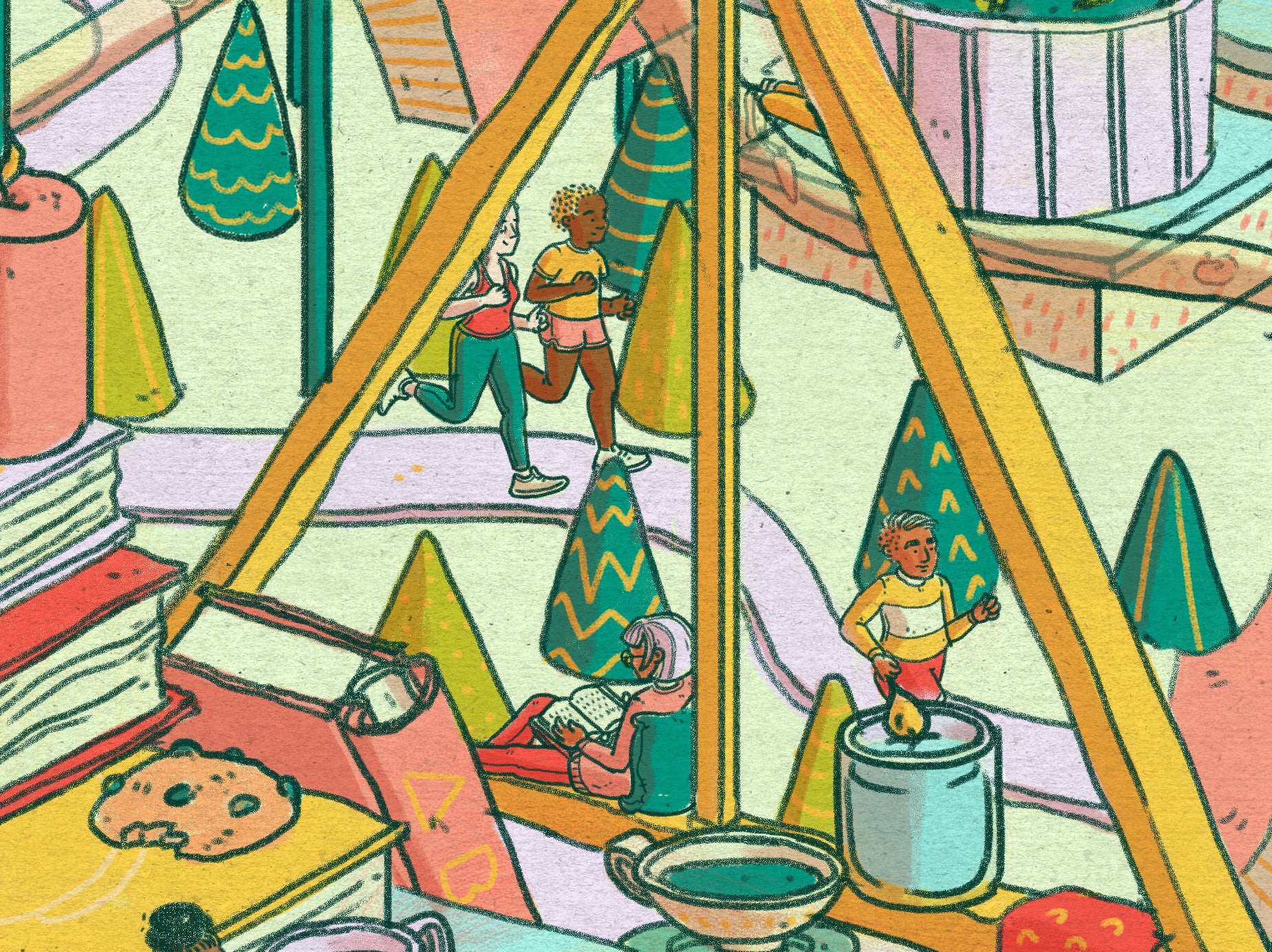
Join local outdoor organizations
Another way to get yourself out of the house, Wright says, is to get a membership at an arboretum or botanical garden, or any outdoor space that requires a small membership fee.
“That might motivate you to go and use it even when it’s cold out,” she says.
Try making the outing a weekly ritual with a friend. “There are hiking trails and usually things to see,” says Wright. “And so it’s different. It might give a different boost than your typical walk around the neighborhood and might become even more of a treat.”
Consider ‘podding’
Many people have created “COVID pods” to help them get through the winter. That’s when people from one household pick another family or friend to socialize with indoors, agreeing on shared social distancing practices and other COVID-19 precautions.
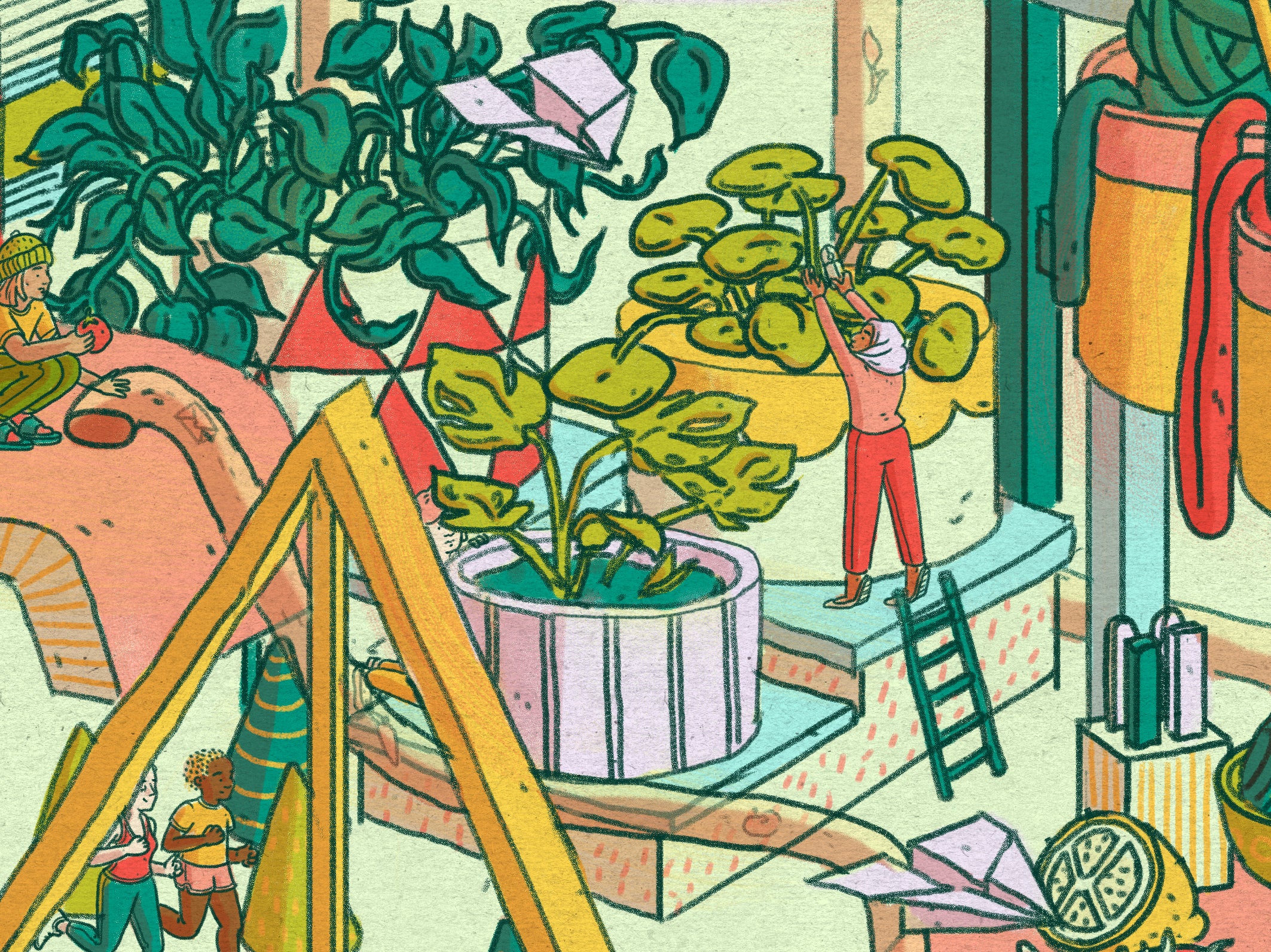
Epidemiologists warn that in communities with high rates of COVID-19, any social contact beyond the members off your immediate household carries added risk, sometimes significant.
“But that risk can be mitigated and managed” with honesty and the right precautions, says Dr. Preeti Malani, chief health officer at University of Michigan. In pandemic times, she and her own family have been regularly getting together with one other family in this way.
“We share risk, but we also share [a sense of] responsibility to each other,” she says. “The core is trust.”
If done with care and a lot of communication, podding can make the pandemic a lot less isolating.
“I don’t think, psychologically, my husband and I could be entirely isolated and not interact with any other human beings,” says Dahlia Shaewitz, a resident of Prince George’s County, Md. “I don’t think we could do that.”
And so, as summer turned to fall and coronavirus cases started rising again, she decided to limit her in-person interactions to three families on her street whom she considers part of her pod. It required a lot of upfront conversation about daily habits and COVID-19 precautions, she says, and a commitment to strict honesty about any symptoms of illness, or possible coronavirus exposures.
Members of her pod meet indoors without masks, Shaewitz says, but they limit their gatherings to six people or fewer.
Beyond that group, Shaewitz only gets together with people outdoors, with masks and at a safe physical distance.
“There is no 100% safe way to prevent yourself from getting COVID-19,” notes psychologist Wright. The question to ask yourself: “Is it worth taking the small risk to pod with my neighbor versus … being completely isolated for the rest of this winter?”
Many people who are uncomfortable taking on the additional risk are choosing to forego such pods, and that could be the best choice for them, Malani says.
Fortunately, there are other good ways to combat isolation.
Embrace the old-fashioned lessons of long-distance romance
Seeing people in person is only one way to stay connected, say psychologists.
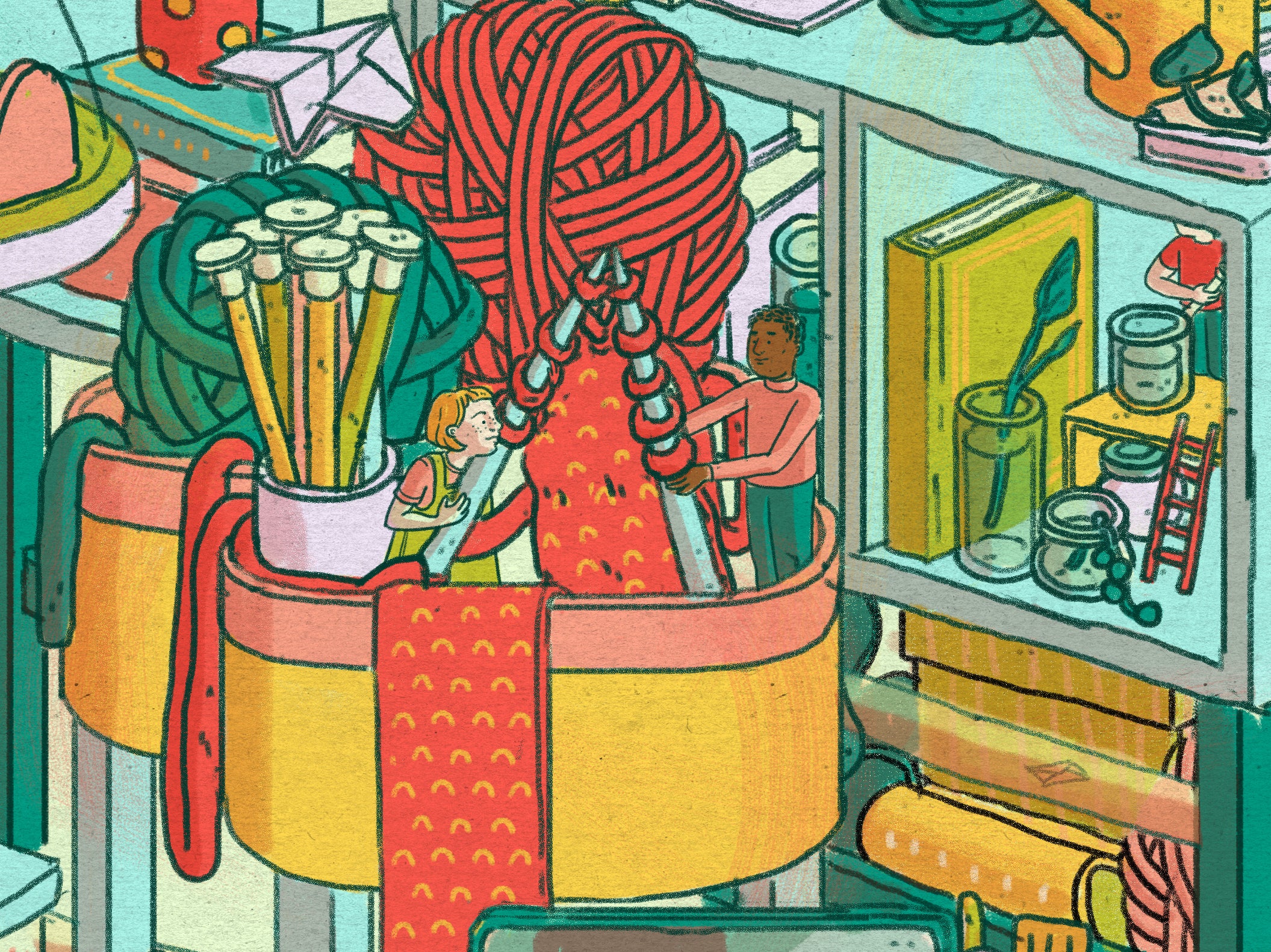
“I actually think we need to start thinking about this going forward as ‘we’re in a long-distance relationship with everybody,’ ” says Wright. “And when you’re in a long-distance dating relationship, you don’t just rely on [physical] contact. You have to actually find other ways to connect.”
Consider going beyond the phone or Zoom calls or text messages, which may start to feel one-dimensional. “It’s got to be about letter writing and sending notes and sending pictures and leaving care packages on people’s doors,” says Wright.
A shared memories project
When Vladimir Celestin and his extended family realized they couldn’t get together on Christmas, they got creative.
“My cousins on my father and my mother’s side, we decided to put a sort of presentation for my grandmother, as well as my other aunts and uncles,” says Celestin, who has only seen his parents and grandmother in Long Island, N.Y., once since the pandemic began.
The presentation included old photos and video clips from past holidays and vacations gathered by family members, who live in different places. He says the project, which they later shared in a live Zoom session with the whole family, was meant to be a reminder of the good times still ahead when they can be together in person again.
Not only did his grandmother love the gift, he says, but it made him feel more connected to his extended family.
“We were learning all these stories that we grew up experiencing, but maybe from others’ perspectives — like my cousin’s perspective that I’d never heard before,” says Celestin. “I don’t think that I would have taken the initiative to seek this out on my own if I hadn’t been presented with a global pandemic that we’re all sitting in together.”
Enough talk: Include activities in your virtual interactions
Becky Kristal’s teens are attending school virtually and connected with friends via videochat earlier on in the pandemic. At this point, Kristal says, they are sick of virtual meetings.
“‘No more Zoom, no more Zoom!’ That’s what I hear,” she says.
If that’s the case for you, too, Wright says, try including an activity in video calls with the people you miss — perhaps a movie you can all watch together then talk about, or a game you can play virtually.
“You get a lot more out of it than just kind of staring at each other in a relatively artificial way,” she says.
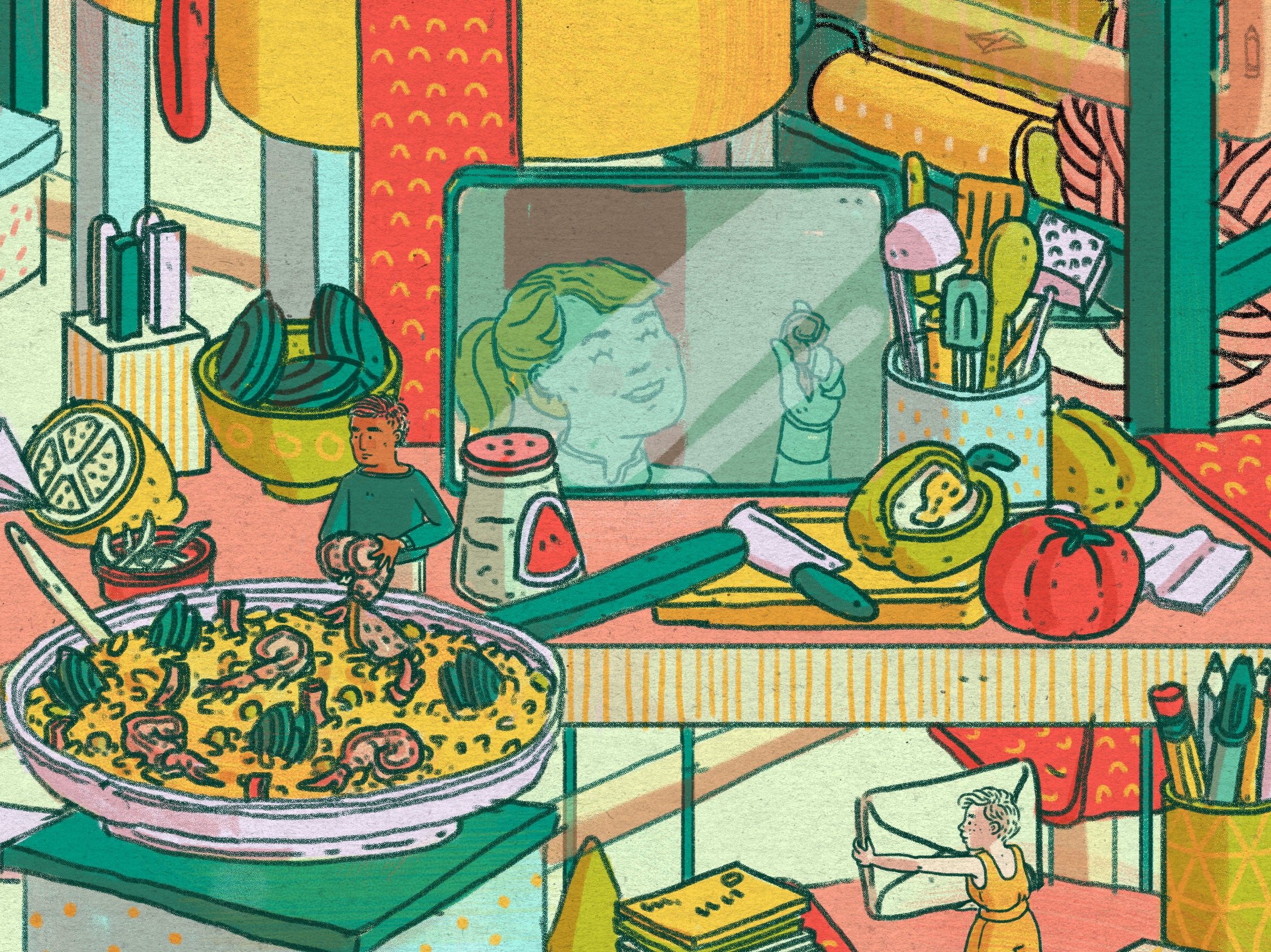
Psychologist Dana Garfin’s family is spread out all across the country. Since the pandemic began, she says, they have had regular Sunday night dinners together on Zoom. “It’s been great because we’ve actually been connecting more that way than we would otherwise.”
Work-out or meditate together
Garfin also advises people to use technology to engage in activities that improve mental and physical health while connecting with others. She recommends exercise or meditation apps that include a social sharing component, like Fitbit and Nike Run Club.
“So you can log on and you can have that connection with other people by engaging in meditation or mindfulness practices with other people at the same time,” says Garfin. “That can foster a sense of community during a time where people might feel very isolated.”
Some people are doing virtual 5Ks or other races, where you sign up with friends, do the race on your own and share results.
Give help, time and love
As you think of how to meet your own personal social needs, don’t forget to look out for others at this time. There’s a body of research showing that giving to others — whether it’s money or time — is a mood-booster.
“Whether that’s volunteering or whether that’s reaching out to somebody you know, letting them know that you care also makes you feel good,” Wright says.
To help others feel less isolated, consider simple things like sending flowers, or cooking a meal for a friend or neighbor. Or, given that so many families are facing food shortages during the pandemic, consider donating to the local food pantry.
There are also many opportunities to volunteer your time online with charitable organizations. For example, the United Nations Volunteers has a list of online opportunities, many of them involving COVID-19 responses in different countries. Inside the U.S., consider one of these volunteering options listed by the New York-based non-profit Idealist.
There are also many small ways you can help your loved ones. For instance, Garfin says one thing that could be meaningful right now is to help the people in your life get more comfortable using technology that makes keeping in touch easier.
“It’s really important for people who are tech-savvy, to make sure your dad knows how to use Zoom or if he has a caregiver, make sure that she knows how to help him,” she adds.
Yes, saying thank-you helps
Whatever you do to combat isolation this winter, psychologists suggest thinking ahead, before you get hit with serious doldrums.
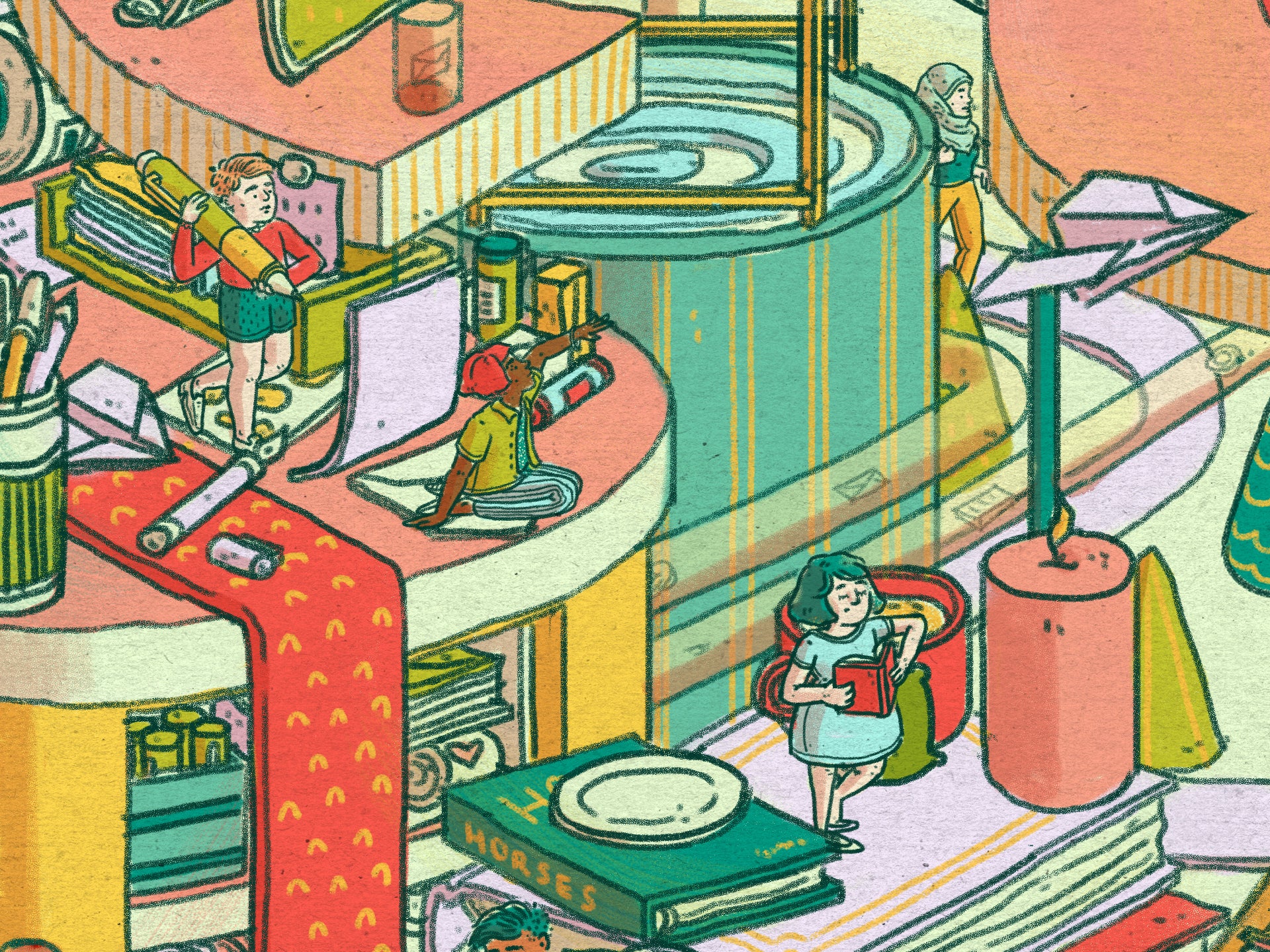
“Brainstorm and think about things that could be helpful moving forward,” Garfin says, “before that kind of depression sets in.”
It may sound obvious but taking the time to acknowledge what you’re grateful for really helps with the blues, notes Holt-Lunstad.
“Research has shown that expressions of gratitude actually are associated with lower loneliness,” she says. “Even if you can’t get together with your family … maybe reach out to them and make a special effort to express your gratitude for that person.”
That can “increase social bonding, reduce loneliness” and help you both focus on what you do have, instead of what you’ve lost because of the pandemic.
9(MDAzMzI1ODY3MDEyMzkzOTE3NjIxNDg3MQ001))


![CoronavirusPandemic_1024x512[1]](https://whyy.org/wp-content/uploads/2020/03/CoronavirusPandemic_1024x5121-300x150.jpg)


